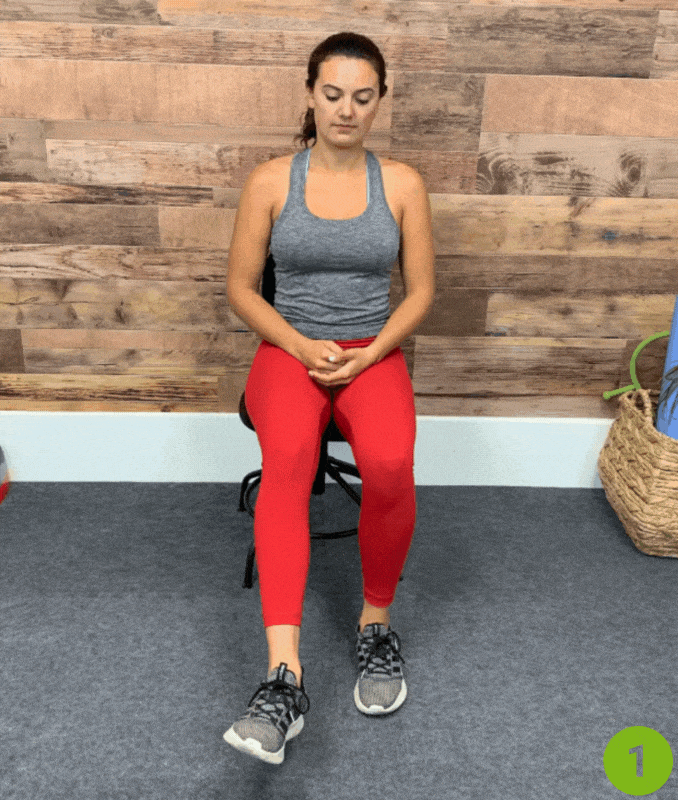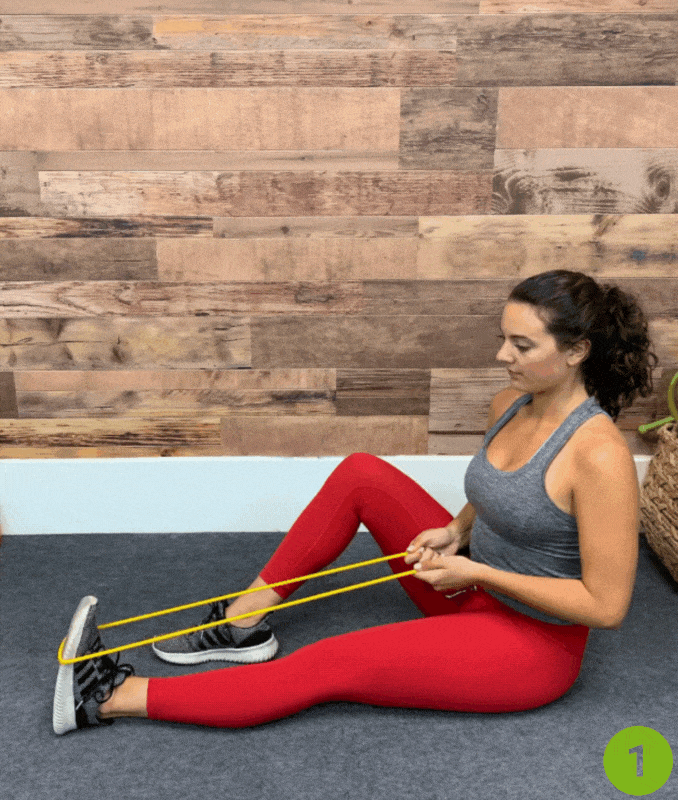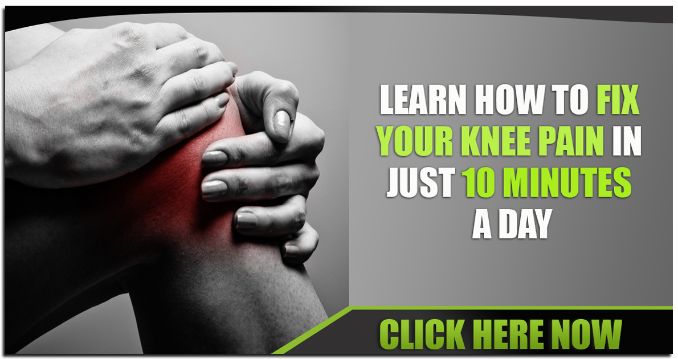
A broken leg isn’t just painful—it’s life-altering, but the right broken leg exercises can aid recovery and restore mobility.
From being unable to walk or climb stairs to dealing with a full leg cast or crutches, it’s a frustrating pause in your mobility and independence.
But here’s the good news: with the right broken leg exercises, a focused recovery plan, and guidance from your doctor or physical therapist, you can rebuild strength, mobility, and confidence—step by step.
Moreover, fractures of the leg require a period of immobilization to allow the bone to heal.
This can be accomplished with a cast or removable brace, depending on the severity of your injury.
A broken leg can significantly impact your ability to perform daily tasks, such as walking and driving.
Rehab is often performed through physical therapy for a broken tibia and fibula to restore [3] range of motion, strength, and functional mobility.
Exercises for a broken leg can begin while your lower leg is still in a cast.
Exercises such as straight-leg raises, knee bends [1], and straightening can help keep your hip and knee joints loose and maintain some leg strength as your bones heal.
Below, we have shared some helpful exercises to try after breaking your leg.
Step-by-Step: Broken Leg Exercises to Regain Strength and Mobility
These leg exercises [4] target areas weakened during your time in a cast or brace.
Do them under the supervision of a healthcare provider and then adjust intensity based on pain, muscle strength, and your treatment plan.
1. Straight Leg Raises

How to do it:
- Lie on your back, an uninjured knee bent, foot flat on the floor.
- After that, keep your injured leg straight.
- Lift your leg slowly to about 12 inches.
- Furthermore, slowly lower it back down.
- Perform 1 set of 10 reps.
What it targets: Thigh muscles, knee joint stability
Great for keeping muscles engaged while still in a leg cast.
2. Ankle Mobility Series

When to start: After cast removal
- Ankle Rotations: Rotate foot clockwise and then counterclockwise (1 set of 10 repetitions, each foot).
- Flexion/Extension: Point toes forward, then pull toward you (1 set of 10 repetitions, each foot).
- A-B-C’s: “Draw” the alphabet in the air using your foot.
Benefits: Improves circulation, reduces stiffness, prevents atrophy
These low-impact motions enhance mobility in the ankle joint and promote faster healing.
Active range-of-motion exercises can begin after your cast is removed and can be a key step in improving your mobility. The active movement also helps to decrease swelling. Perform these range-of-motion exercises two to three times each day.
3. Passive Towel Stretch

How to do it:
- Sit upright, extend the injured leg in front.
- After that, loop the towel under your foot and gently pull toward you.
- Hold for 20–30 seconds, repeat 2–3 times.
- After that, repeat the same on the uninjured leg.
What it does: Stretches calf and then hamstrings, maintains flexibility.
Avoid overstretching. Mild tension is okay—pain is not.
4. Ankle Strengthening with Band

How to do it:
- Sit on the floor, legs extended.
- Loop a resistance band around your foot.
- Move the foot in 4 directions:
- Point down
- Flex up
- Turn inward
- Turn outward
- Do 1 set of 10 reps per movement
Goal: Build ankle and then lower leg strength.
5. Toe Control Training

- Sit in a chair, feet flat.
- Pick up marbles with your toes, drop them into a cup.
- Alternatively, scrunch a towel with your toes.
- Do this 1 set of 10 repetitions per foot.
Why it matters: Activates small foot muscles for better balance.
This helps restore mobility, balance, and coordination—especially after a full leg cast.
Toe-strengthening exercises help facilitate your recovery by targeting the smaller muscles in your foot.
Recovery Plan for a Broken Leg: What to Expect
Healing from a leg fracture—whether it’s a broken femur, tibia, fibula, or lower leg injury—takes time, patience, and then the right movement strategy.
Most patients will follow this general timeline:
- Weeks 0–6: Immobilization with a cast or brace, no weight bearing
- Weeks 6–8: Gradual reintroduction of movement and physical therapy
- Weeks 8–12+: Strengthening, cardio exercises, and then full-body integration
Depending on your fracture type, orthopedic surgeons may recommend non-weight-bearing for the entire time, or allow partial weight early with assistive devices.
Always follow up with x-rays and your provider’s guidance to avoid further injury.
Cardio Exercises After a Broken Leg
Once cleared by your provider, you can introduce cardio to maintain fitness and improve circulation.
- Start with low-impact machines like a recumbent bike or pool therapy.
- Monitor your heart rate and pain levels.
- Avoid running or jumping until your leg is fully weight-bearing.
Expert Insight from Dr. Krista Burns, Chiropractic Neurologist & Rehab Specialist:
“After a leg fracture, restoring neuromuscular control through proprioceptive exercises is just as important as regaining strength. The brain needs to relearn how to stabilize the body—and that doesn’t happen with strength work alone.”
When to Talk to Your Doctor or Physical Therapist
If you experience:
- Persistent pain during exercises
- Swelling that worsens
- Inability to stand or bear weight after 8+ weeks
- Loss of feeling or tingling in the injured leg
Stop immediately and consult your provider. Every broken bone is different—and so is every healing process.
As with any exercise program, you should consult with your doctor or Physical Therapist prior to increasing your activity level post-break.
It is important for your bones to heal before you take on any new strengthening exercises fully.
Listen to your body and don’t push yourself too hard.
Final Thoughts: From Broken to Better
Recovery isn’t a straight line. But with patience, the right exercise routine, and steady progression, you can rebuild the strength and function of your leg, from the foot to the thigh.
Whether you’re recovering from tibia fractures, a broken femur, or a more complex injury, these broken leg exercises will help you regain control, restore movement, and get back to walking, driving, and climbing stairs again, with confidence.
Discover simple, effective solutions that relieve discomfort and restore your mobility. Whether you’re dealing with chronic aches or recent strain, Knee Pain Solved offers proven strategies to help you move freely again.
Frequently Asked Questions
When can I start exercising after a broken leg?
Exercise timing depends on the type and severity of the fracture, treatment method (surgical or non-surgical), and your doctor’s recommendations. Generally, gentle range-of-motion and isometric exercises can begin 2–6 weeks post-injury once your doctor confirms it’s safe. Always follow your healthcare provider’s timeline to avoid re-injury.
What types of exercises are safe during recovery?
Early stages involve non-weight-bearing exercises like:
- Ankle pumps
- Isometric quad and glute squeezes
- Seated leg raises
As healing progresses, weight-bearing and strengthening exercises such as: - Partial weight-bearing walks [2]
- Standing leg lifts
- Resistance band movements can be introduced with supervision.
Can exercise speed up the healing process of a broken leg?
Yes—controlled, appropriate movement enhances blood flow, prevents muscle atrophy, maintains joint mobility, and then supports faster recovery. However, pushing too hard or too soon can delay healing. The key is progressive loading guided by a rehab plan.
How do I know if I’m doing too much too soon?
Warning signs include:
- Sharp pain at the fracture site
- Swelling that worsens after exercise
- Instability or difficulty bearing weight
- Fatigue or soreness that doesn’t resolve in 24–48 hours
If these symptoms appear, reduce intensity and then consult your therapist or doctor.

